The restoration of the park
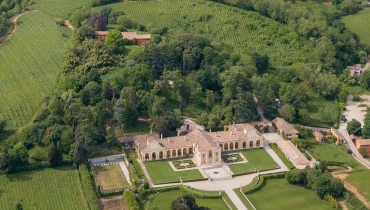
The restoration has reestablished the dialogue between the architecture and its surrounding outdoor spaces, restoring clarity to the landscape and the visual perspectives that are an integral part of the historical heritage passed down to us, yet also a living, ever-evolving component that must be preserved.
The wooded hill of Maser, the natural backdrop to Palladio’s architecture, has been redesigned several times over the course of its nearly five-century history.
It has been possible to reconstruct the composition of the vegetation in this part of the property during certain historical periods, starting with a graphic document dated May 28, 1633, drawn up by the Venetian magistracy of the Provveditori sopra i Beni Inculti, which describes a hillside behind the villa with groups of trees rather than a dense forest.
The 17th-century landscape character and definition are reflected in the vegetation features recorded in the Napoleonic Cadastre as “meadow with vines, fruit trees, and olive trees”—a fragment of which still survives in the northern area around the water cistern, which was already out of use by 1808.
Between the mid-19th century and the 1930s, several trees were planted here, many of which still populate the small woodland behind the Nymphaeum today.
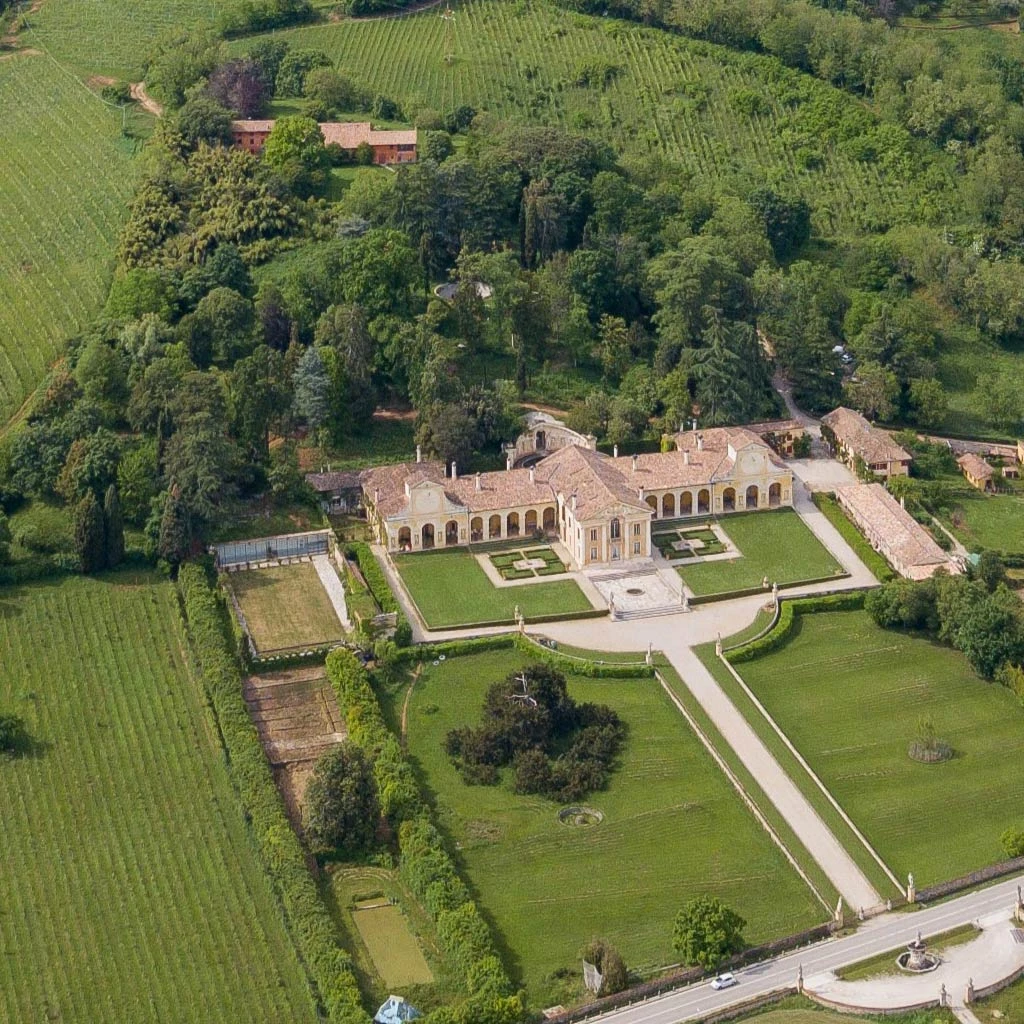
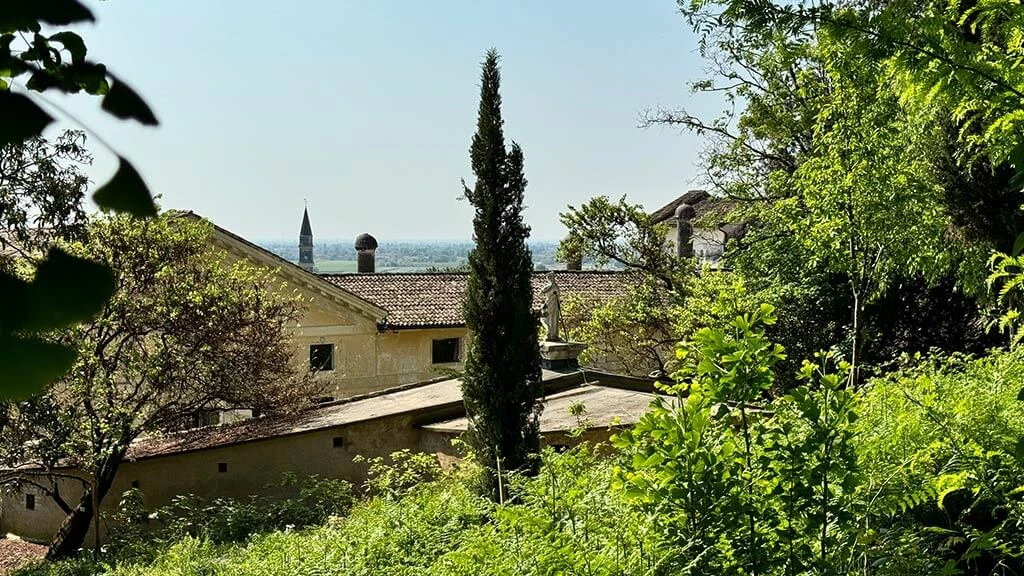
The current layout of the park behind the villa follows the design conceived by landscape architect Maria Teresa Parpaiolo Shephard (1903–1974), who in the 1930s redesigned the entire network of paths across the hill, introducing scenic viewpoints carved into the dense vegetation.
She introduced evergreen species such as cypresses, cedars, cork oaks, holm oaks, and oaks, alternating them with deciduous trees like tulip trees and some beeches, extending the vegetation up to the top of the hill, where the large circular cistern still remains.
The current intervention, primarily conservative in nature, has restored the landscape to the prominence it originally held within Palladio’s vision for the villa complex. Thanks to the maintenance work carried out in the gardens and park, the state of conservation now allows for optimal readability and enjoyment of every area.
Overall, there has been a significant improvement in the condition of the estate’s trees, shrubs, and lawns.
It is important to emphasize that no changes have been made to the general layout of the areas, their connections, functional elements, or the design of the spaces.
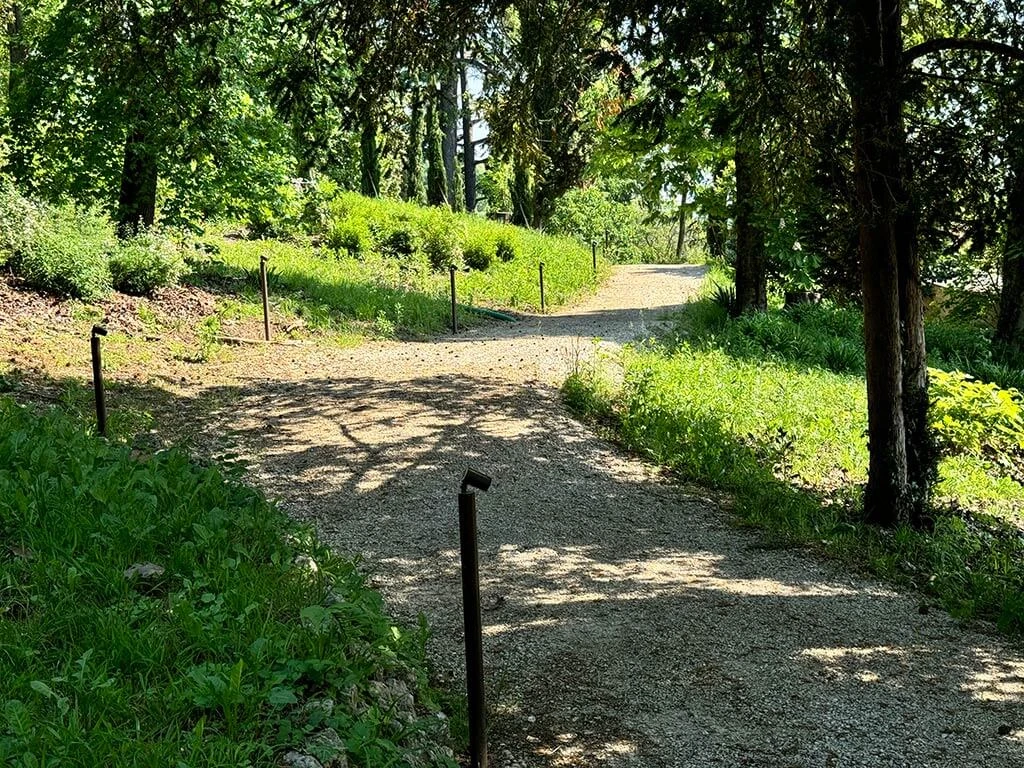
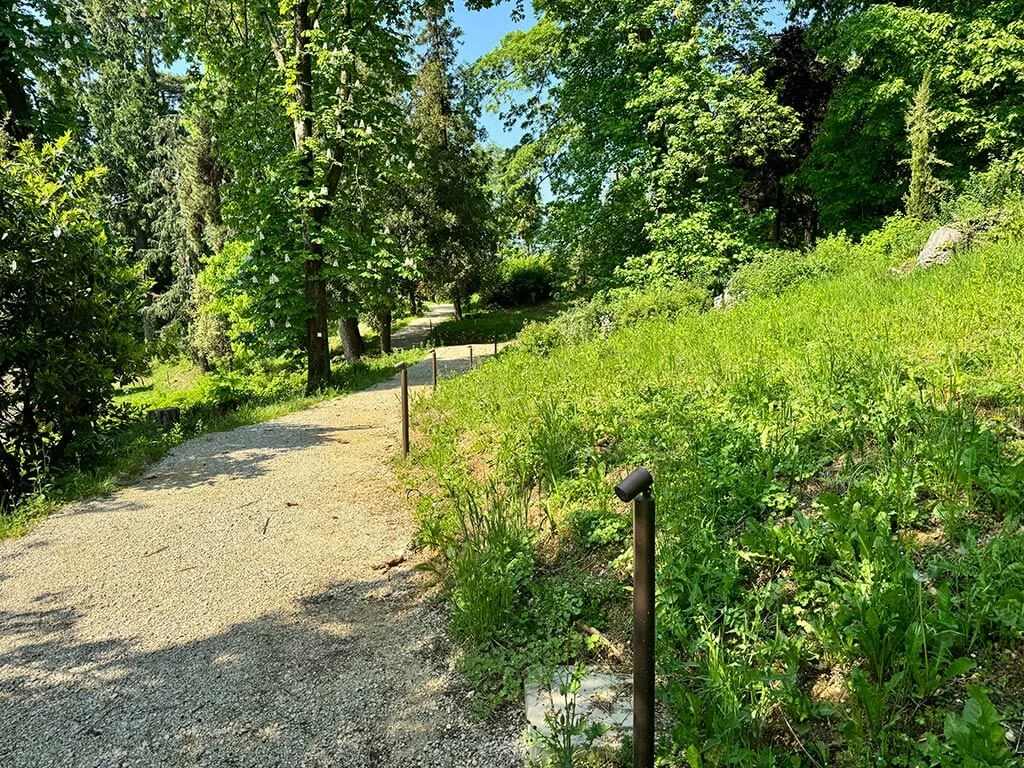
The maintenance of the woodland, particularly the undergrowth, was also designed with the preservation of native bulbous plants in mind—an intervention aimed at enhancing biodiversity and increasing the entomofauna that supports pollination and the growth of local flora.
The pathway system was redesigned with a focus on improving the inclusivity of the park’s spaces, ensuring accessibility for people with disabilities wherever the terrain allowed.
The lighting intervention introduced discreet lighting elements with minimal visual impact on the vegetation, while providing a system that allows safe access to the garden and park paths even during nighttime hours.
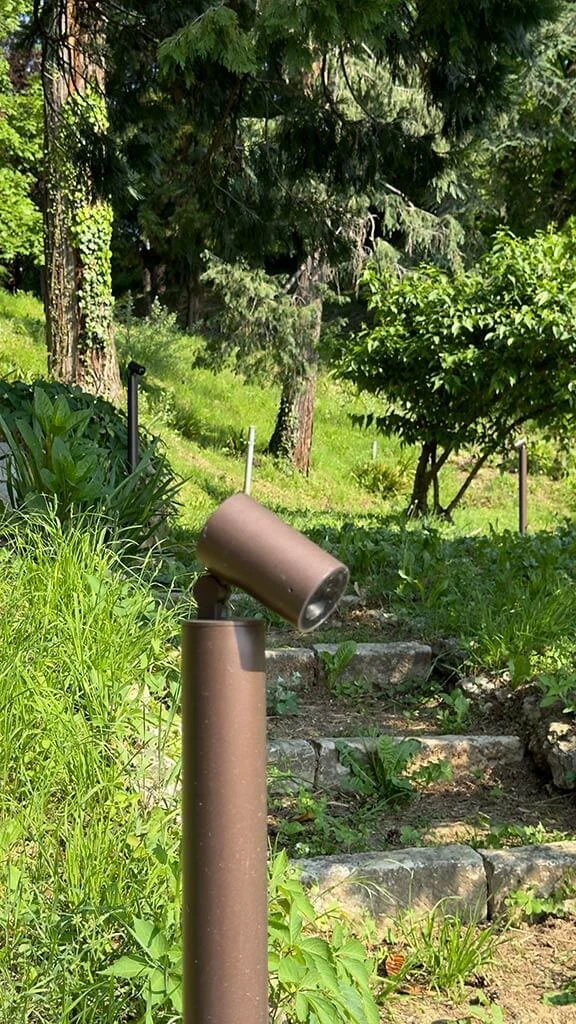
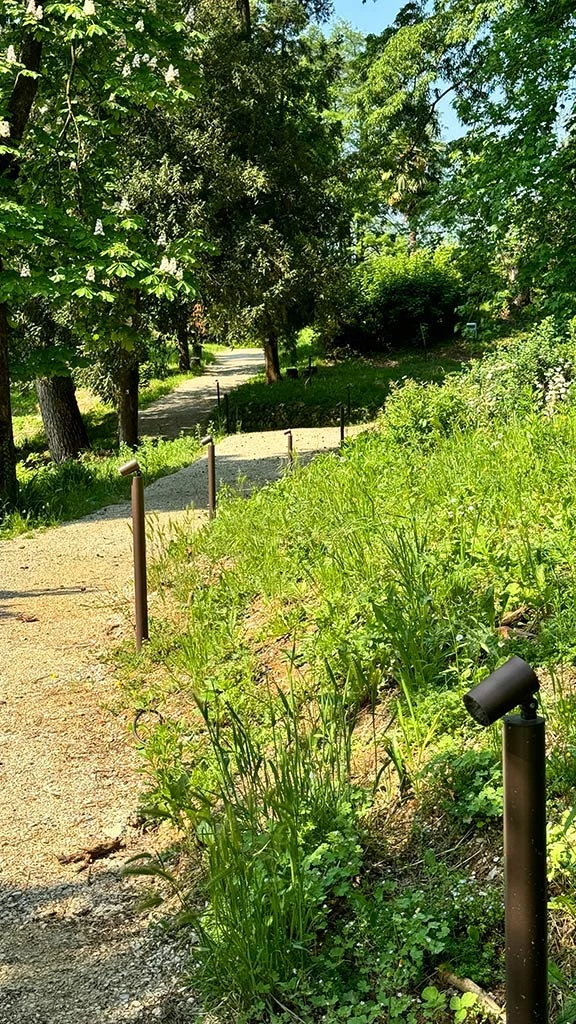
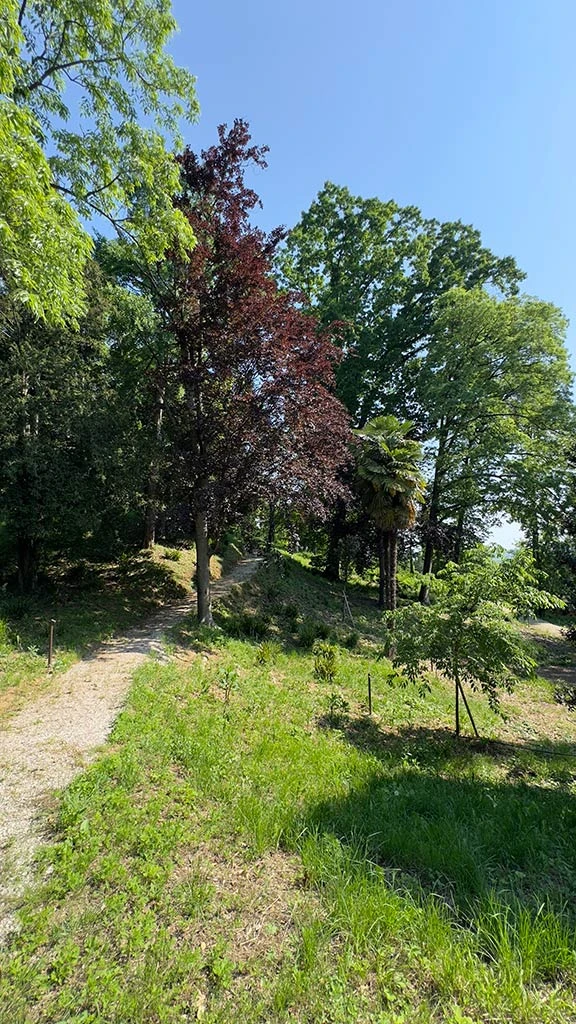
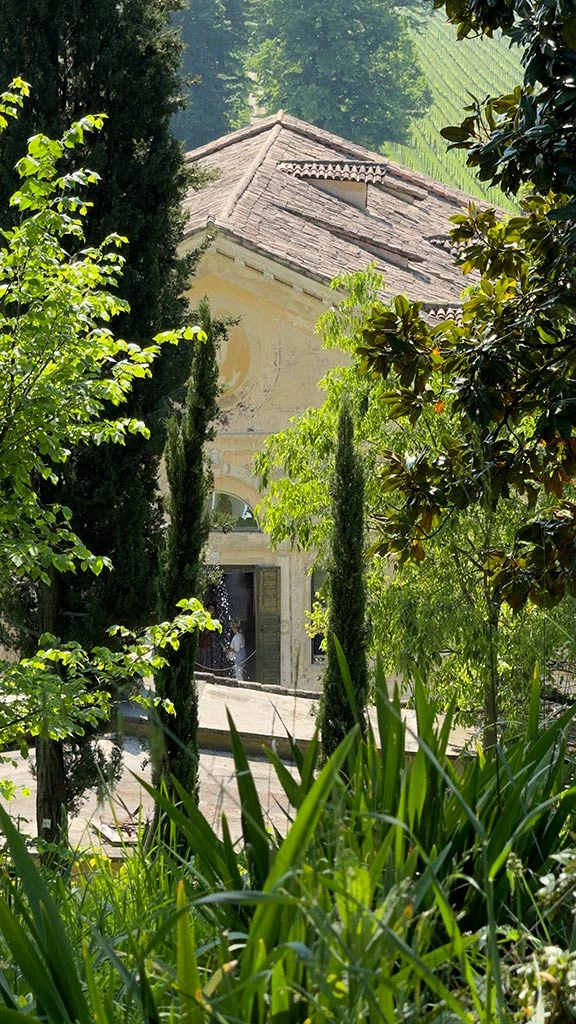
The woodland covering the hillside has been repopulated, with the reintroduction of important plant species including Zelkova carpinifolia, Parrotia persica, and Quercus suber, along with evergreen and flowering shrubs.
The common guiding principle behind all interventions has been the reintroduction of sustainability, a value inherent to this architecture since its origins, ensuring efficient water use for irrigation through the restoration of the cistern and the supply pipelines for emergency watering systems.
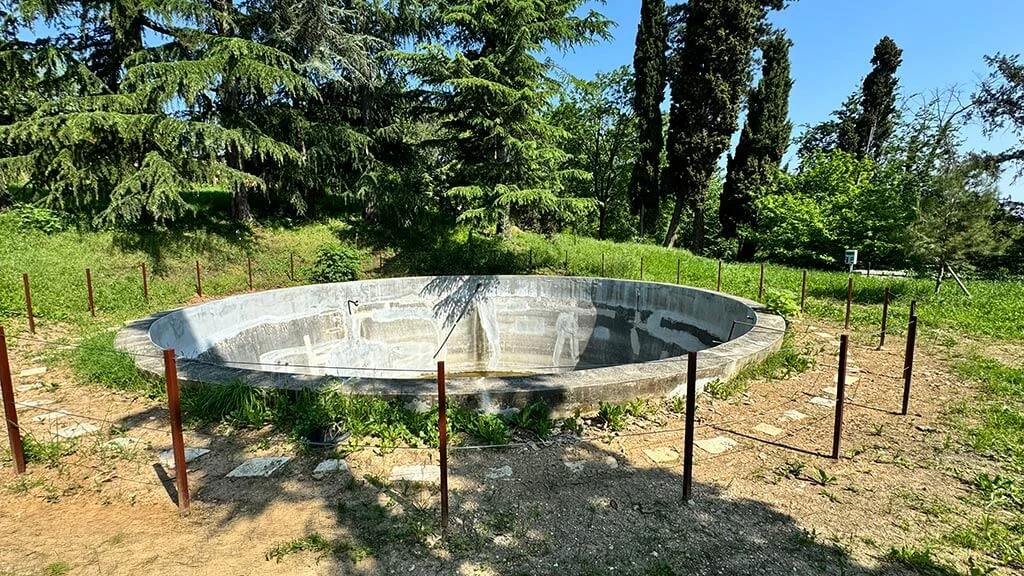
Additionally, the work aimed to promote healthy plant growth by using organic fertilization (symbiotic fungi), pruning and selective tree removal to provide light and space appropriate to the growth habits and natural form of each species.
The small woodland behind the villa, together with the nymphaeum, has undergone a series of interventions aimed at caring for the tree population.
The trees have been pruned and, in some cases, replaced, while the rest of the existing vegetation has been treated with routine pruning, removal of deadwood, and various treatments and fertilization.